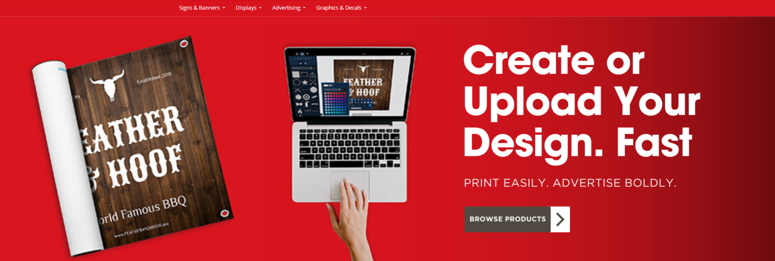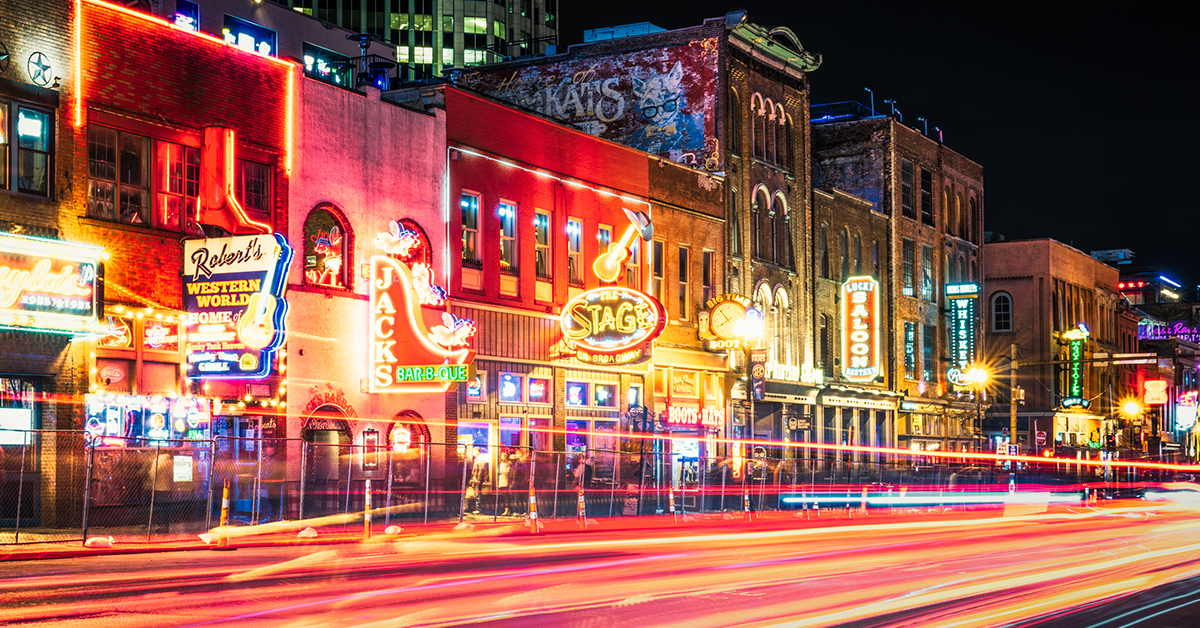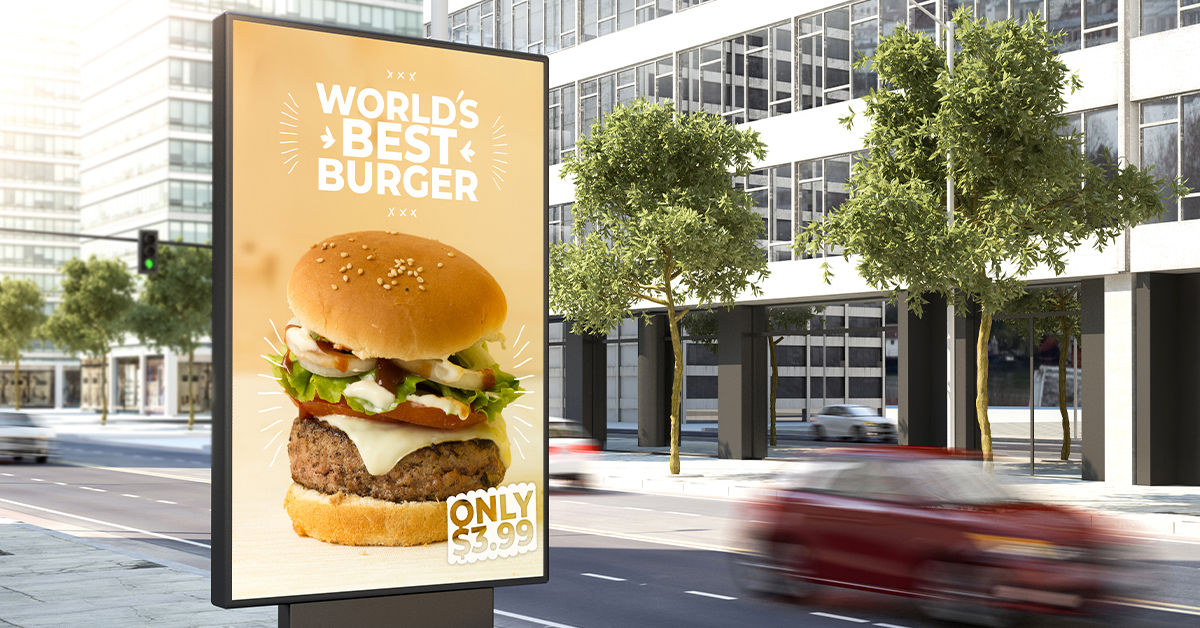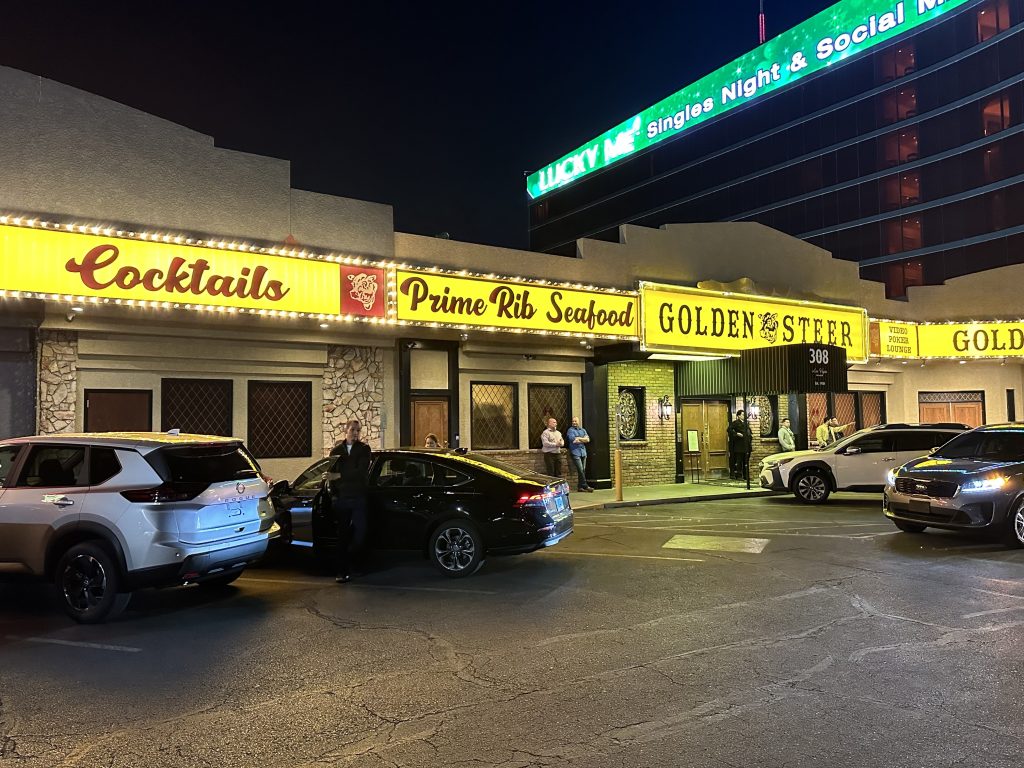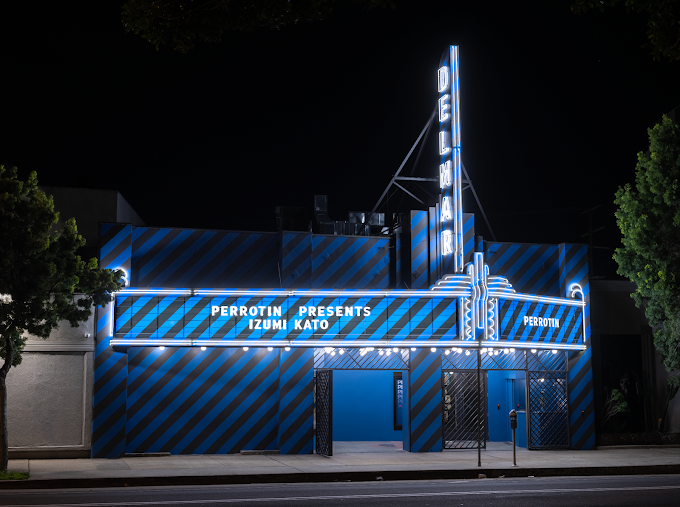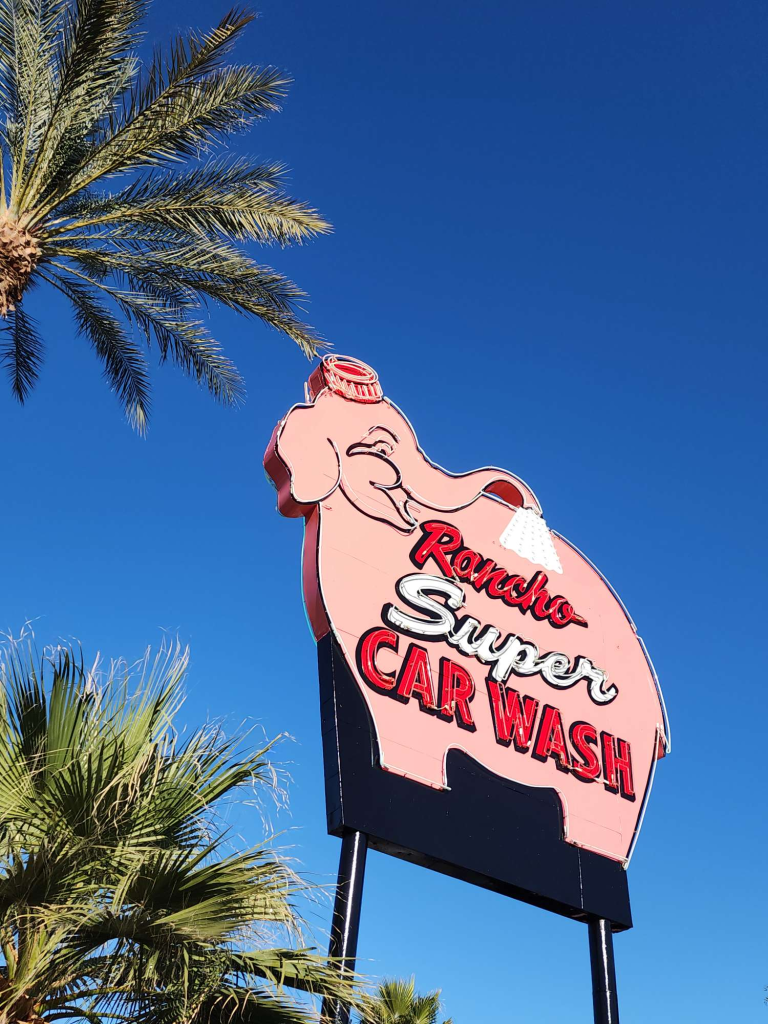
Click Here For Downloadable, High-Res Photos
Photo Courtesy of Natalie Grilli
YESCO announces its distinguished creative director Mark Oatis recently participated in a significant project for the American Sign Museum's Main Street exhibit expansion. Together with his wife and creative partner, Rose, Oatis served on a team of artists tasked with making character signage to support the museum's collection.
Located in Cincinnati, Ohio, the museum project holds special significance for Oatis, as it includes a portrait he hand painted in tribute to Bill Riedel, a beloved member of the Letterheads, which is a sign painting organization comprising thousands of members passionate about the craft. The tribute also stands as a testament to Oatis’ deep respect for the sign-making community and his commitment to preserving its rich heritage. Members of the public will soon be able to view the team’s work when it’s unveiled at the museum this July.
Oatis, whose career in sign creation began in 1972, has been a pivotal figure in the field, known for his compelling and recognizable designs. Oatis has worked with numerous sign companies, including YESCO’s design team for more than 17 years, and alongside skilled artists and fabricators on projects both in the United States and internationally. His portfolio boasts notable projects for Tokyo DisneySea and Wynn Resort and Casino.
His dedication to his craft is evident in his numerous accolades. He has received 12 first-place awards from the Sign of the Times International Design Competition, two first-place awards from the Society for Experiential Graphic Design and a first-place award with Walt Disney Imagineering from the Themed Entertainment Association.
“Mark Oatis’ legacy is one of creativity, mentorship and innovation,” said Jeff Young, executive vice president, YESCO. “The work he has done at the American Sign Museum is a shining example of his dedication to his craft and his ability to inspire others.”
